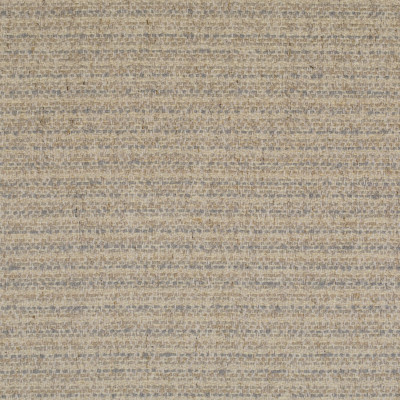written by Will Reiber, B.S. in Textile Technology
The complexity and breadth of textile terminology simply couldn’t be put into a single blog post. This sequel continues to explain some of the most popular terms you’re likely to run into if you spend time working with fabric.
Double Rubs
Double Rubs is a term to describe a unit of measure for the standard abrasion test used in home textiles manufacturing. This test conforms to a strict procedure so that all results can be accurately evaluated and compared. The test is performed with an apparatus called a Wyzenbeek Abrasion Tester, in which 4 standard-sized swatches of fabrics are placed over an oscillating drum with an abrasive surface. The fabrics are placed against the drum with a standard weight to ensure the sample makes complete contact with the apparatus. The term “double rub” comes from the fact that a single measurement is equal to one back and forth movement of the device. Typically, heavy-duty fabrics are anything greater than 15,000 double rubs. Most upholstery fabrics are in the range of 50,000 double rubs and most vinyls are around 100,000 double rubs. It’s important to understand double rubs and to correctly match them to the project.



Finish
Finish is a term used to describe any treatment that alters either the performance or aesthetics of a fabric after manufactured. Finishes can include chemical treatments to increase a fabric’s flame resistance, mildew resistance, UV resistance, abrasion durability, antimicrobial properties, etc. Crypton® Home is a well-known example of fabric with a performance finish. Finishes that alter the appearance of fabric include processes such as embossing or calendaring, which involve passing a fabric through weighted rollers, either with a smooth heated surface or with a raised pattern. The calendaring process increases the smoothness and luster of fabric, while the embossing process is used to press prints and designs into the surface of the fabric. Finishes are one of the most popular ways to add functionality and usefulness to a fabric.
Lightfastness
Lightfastness refers to a fabric’s resilience to UV damage from sun exposure. Depending on the fiber type, UV radiation damages fabrics by degrading the fibers, fading the color, or a combination of both. Materials suitable for outdoor fabrics are ones that are constructed of synthetic fibers such as polyester or olefins. Polypropylene, while synthetic, has poor UV resistance and will begin to get brittle after extended exposure. Natural fibers like cotton have very poor lightfastness and should not be exposed to UV radiation for an extended time. Having an appropriate lightfastness rating for the fabric’s intended use is critical to the material’s service life, appearance, and overall quality. Typically, fabrics used in an outdoor application should have 1-2,000 light hours, while materials used in an environment with less direct exposure (such as a sunroom) should have at least 500 light hours.
Basis Weight
Basis Weight is the standard unit of measure for a fabric’s weight. Typically basis weight is measured in either grams per square meter (gsm) or ounces per square yard (osy). Different manufacturers may use either or both measurement. Fabric weight is a key property in determining its performance. Low basis weight fabrics typically have better drape and flexibility properties than high basis weight fabrics. Alternatively, high basis weight fabrics typically have better mechanical performance in regards to strength. Basis weight is one of the important deciding factors when selecting an appropriate fabric for a job.
Subscribe to our blog for more inspiration or contact our fabric specialists at 866.755.5000.
